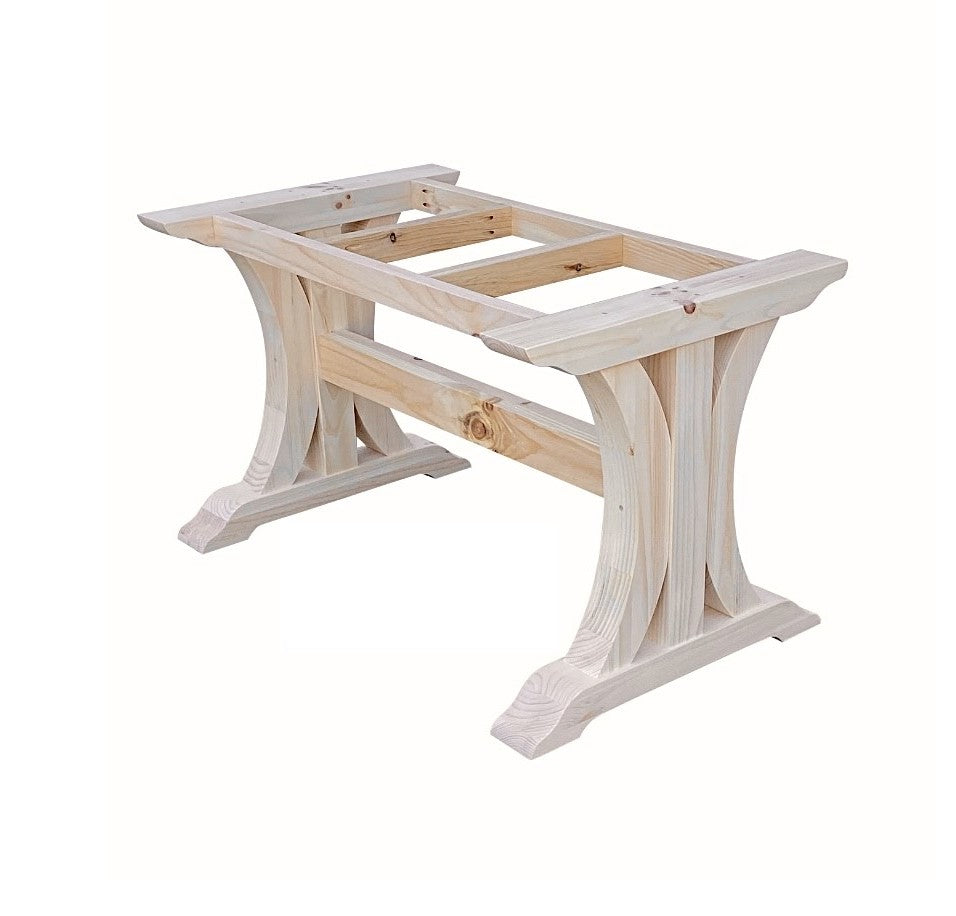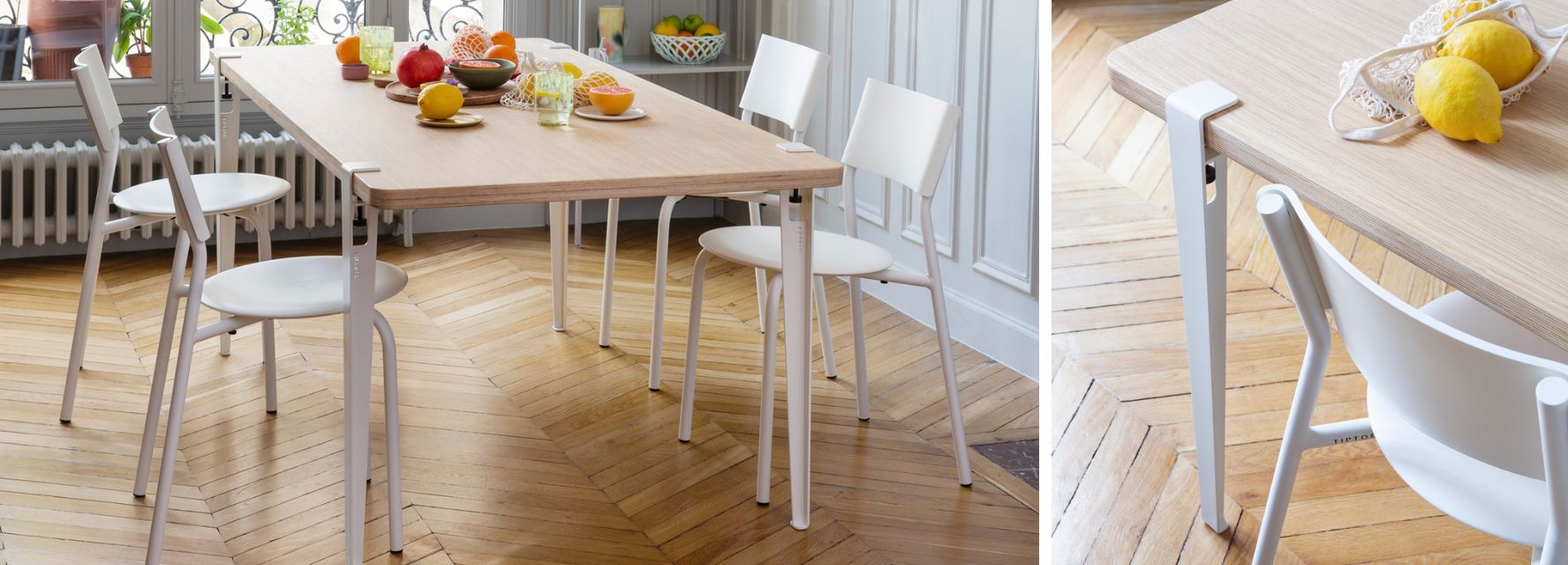Transform Your Dining Space with Stylish Dining Room Table Legs
Transform Your Dining Space with Stylish Dining Room Table Legs
Blog Article
From Standard to Modern: Locate the Ideal Dining-room Table Legs for Your Style
The choice of eating space table legs plays an essential function in defining the total personality of your area, connecting the gap between typical workmanship and modern appearances. While classic styles such as cabriole and turned legs evoke a sense of ageless refinement, modern styles like barrette and geometric options present a chance for striking aesthetic interest. Assessing the best balance between these styles requires a nuanced understanding of your existing decor and personal preference. As you think about these components, the concern remains: just how can you effortlessly incorporate these varied leg styles to create a harmonious dining experience?
Recognizing Table Leg Styles
The range of dining space table leg designs can significantly influence both the appearances and capability of the space. Each leg design contributes special useful features and visual components, dealing with diverse design preferences and use needs. Comprehending these designs is crucial for picking the best table that aligns with your total interior decoration vision.
For circumstances, tapered legs offer a clean, classic look that can boost an area's elegance, while stand bases supply stability and optimize legroom, making them excellent for smaller sized areas. Hairpin legs, a hallmark of mid-century contemporary design, present an industrial style, allowing for an airy, open feeling. Similarly, trestle legs stimulate rustic beauty, giving robust assistance and a feeling of eternity.
Additionally, the choice of products plays a considerable role. Wood legs can bring warmth and structure, whereas metal choices typically convey a streamlined, contemporary ambiance. Ultimately, understanding table leg designs is important for developing a cohesive eating area that shows individual style while making sure usefulness and comfort. By thoughtfully considering these components, you can enhance both the useful and aesthetic appeal of your eating room.
Standard Table Leg Options
When choosing eating space table legs, typical options typically personify timeless style and workmanship. These layouts reflect a rich heritage and a dedication to quality, making them excellent for those who appreciate timeless appearances.
One of one of the most iconic conventional leg styles is the cabriole leg, identified by its stylish bent shape. This design typically features ornamental makings and is most typically discovered in Queen Anne and Chippendale furnishings. One more preferred option is the turned leg, which boasts a series of smooth, rounded shapes that supply a traditional look while preserving stability.
Additionally, the straight leg, while straightforward, offers a sturdy and unadorned structure that can blend seamlessly with a variety of tabletop styles. For those drawn to ornate outlining, claw-and-ball feet legs evoke a sense of grandeur and can work as a stunning centerpiece in any type of dining room.
Last but not least, stand bases, although not strictly legs, give an alternative typical alternative that allows for enough legroom and can be useful link beautifully carved. Each of these typical leg designs contributes to the total setting of a dining-room, weding feature with aesthetic charm.

Modern Table Leg Styles
Modern table leg designs use a diverse range of designs that emphasize tidy lines and innovative materials. These styles often prioritize performance while acting as striking focal factors within a dining room. Minimalist appearances are widespread, with legs crafted from products such as metal, glass, and crafted wood, which add to a contemporary and ventilated feel.
One prominent design is the hairpin leg, defined by its slim, conical structure that supplies stability without overwhelming the tabletop (dining room table legs). This style is usually found in mid-century contemporary furniture and can effortlessly enhance various table forms. An additional fad is the use of geometric shapes, where legs may tackle angular or unbalanced kinds, including aesthetic rate of interest and a touch of creativity

Mixing Styles for Unique Rooms
Frequently, home owners seek to produce unique eating spaces that mirror their individual style by mixing numerous design components. This technique permits the incorporation of varied aesthetics, causing a harmonious yet distinctive setting. As an example, matching a rustic wood table with smooth, modern steel legs can produce an appealing contrast that raises the space's total appeal.
Furthermore, integrating vintage table legs with modern table tops can stimulate a feeling of history while keeping a contemporary perceptiveness. Such combinations not only showcase individual taste however additionally encourage creativity, allowing home owners to curate a space that really feels both personal and inviting.
Shade plays a critical duty in this mixing process; picking table legs that match or comparison with the existing color pattern can enhance visual interest. For instance, whitewashed legs can soften the daring of a dark table surface, producing a well balanced visual.
Tips for Picking the Right Legs
Choosing the right table legs is necessary for achieving both performance and visual allure in your eating area. Begin by considering the overall style of your space. Conventional linked here settings profit from legs that include elaborate makings or turned styles, while contemporary rooms might require smooth, minimalist styles.
Following, examine the height and stability of the legs. dining room table legs. Typical table vary in between 28 to 30 inches in height, so guarantee the legs match this measurement for comfort. Furthermore, robust products, such as hardwood or steel, can improve stability and longevity
Evaluate the leg shape too-- alternatives consist of directly, tapered, or pedestal styles. Straight legs supply a classic appearance, while conical legs can include a touch of style. Pedestal bases supply ample legroom Visit This Link and are suitable for smaller sized spaces.
Verdict
In summary, picking the optimal eating room table legs requires cautious factor to consider of both standard and modern-day designs. By integrating leg style, height, and product with the overall decoration, a cohesive and welcoming ambience can be achieved.
The range of dining space table leg styles can dramatically influence both the visual appeals and capability of the space. Eventually, comprehending table leg designs is essential for producing a cohesive dining area that mirrors personal style while ensuring usefulness and convenience.One of the most iconic traditional leg designs is the cabriole leg, defined by its graceful bent form. Straight legs supply a classic appearance, while tapered legs can add a touch of sophistication.In summary, picking the perfect dining room table legs calls for careful factor to consider of both contemporary and standard designs.
Report this page